Commercial facilities are making new strides to improve sustainability within their facilities. Networked lighting controls are one of the latest advancements in lighting technology that will help lower energy consumption within offices and other commercial properties. When combining LED retrofits and networked lighting controls will boost sustainable efforts within facilities.
There are various types of lighting controls that can be installed in buildings to help conserve energy and lower their carbon footprint. Occupancy sensors are one of the most common. They help turn lights on and off when somebody enters or leaves a room. Timers work similarly because they turn lights on and off at specific times of the day. Both sensors will help cut down on electricity usage when nobody is in the room. These sensors can be monitored and managed by the facility manager. They can set the timers remotely in accordance with when the areas in the building will be used the most. The networked controls can even collect data for facility managers to have a better idea of the room’s peak occupancy times.
Networked lighting controls have more benefits other than sustainability. By conserving energy, it will help save money on utilities. Some reports have shown that properties can garner an average savings of over 50 percent. This report, performed by DesignsLight Consortium, documented that in 114 buildings, offices averaged 63% savings, retail locations had 44% and warehouses reached 82%. Some lighting controls even have health benefits for employees. When they have control to dim the lighting or even use daylighting controls, it makes the environment more comfortable, reduces headaches, improves employee morale and productivity.
Click here to read the full article, originally published January 1, 2019, by Finance and Commerce.

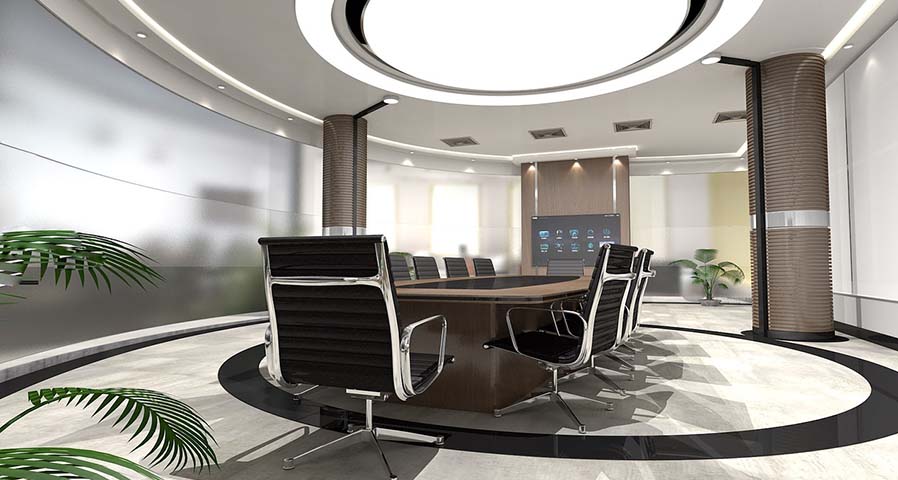

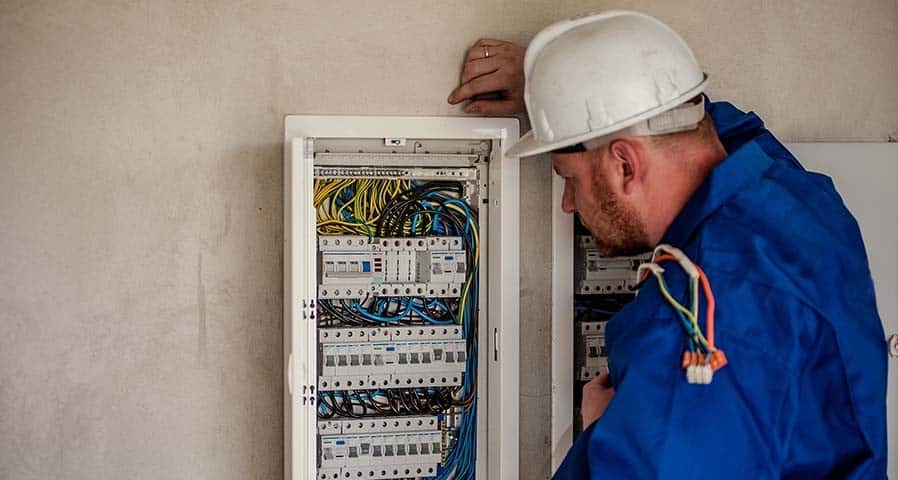
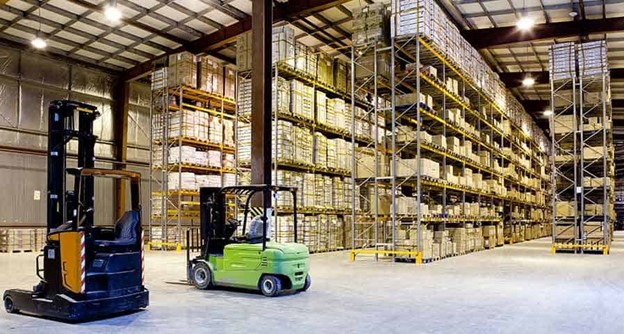
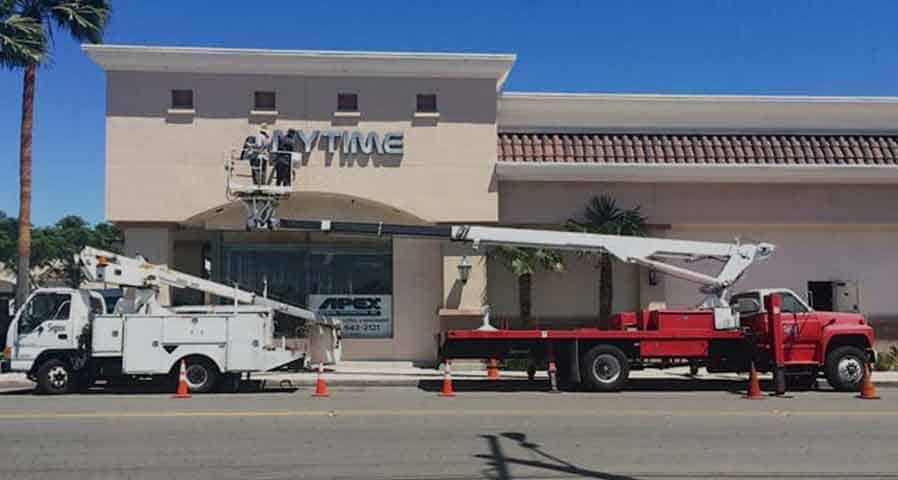

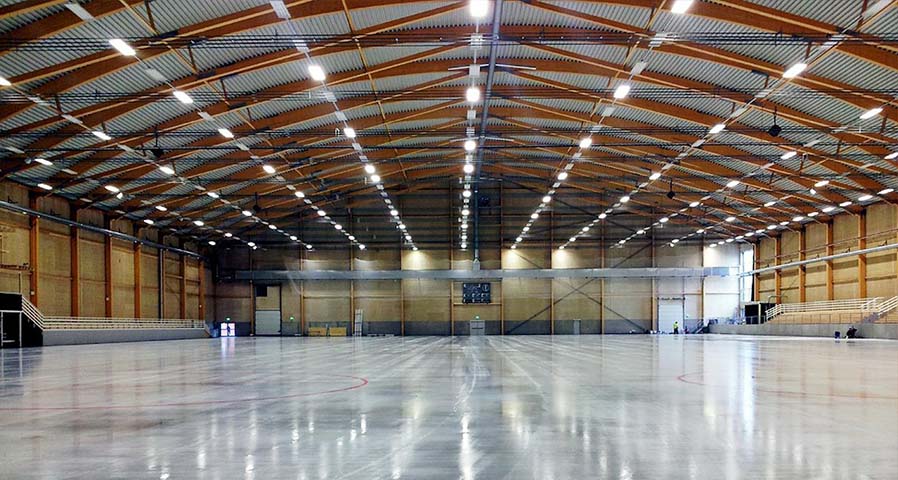








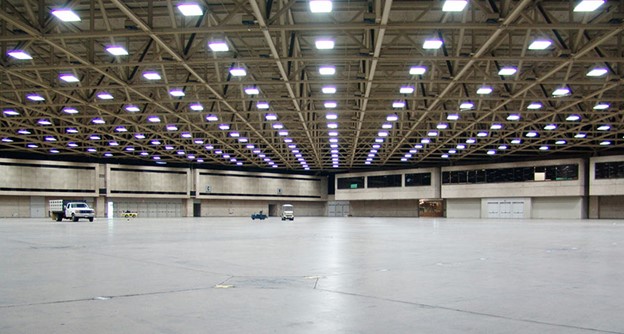
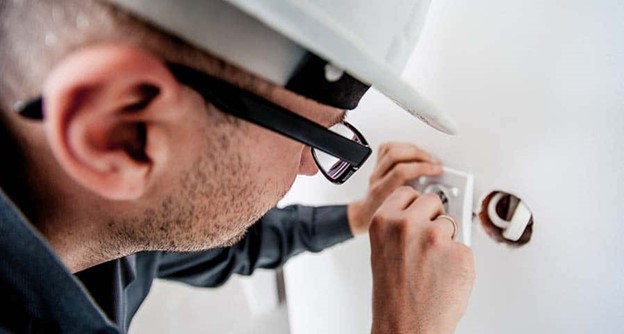


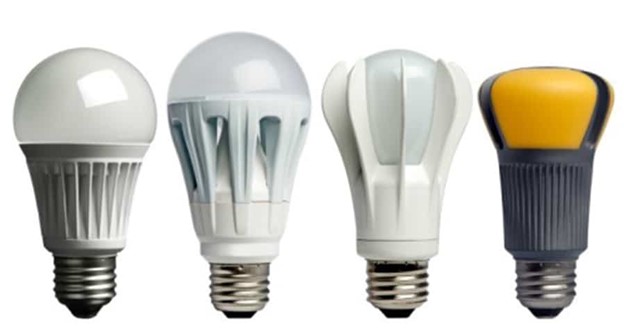
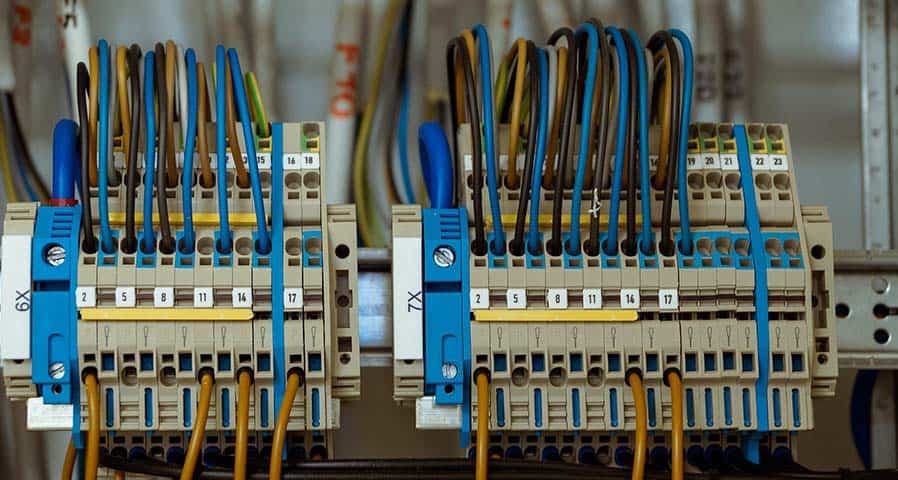



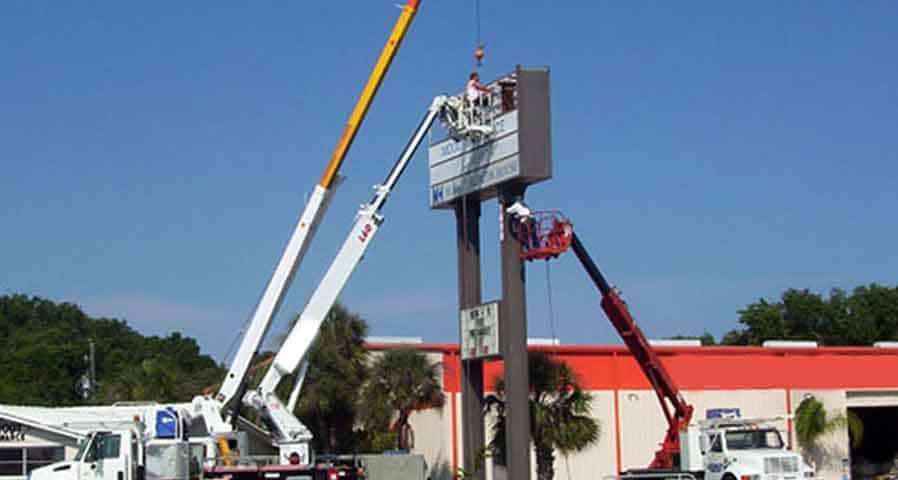

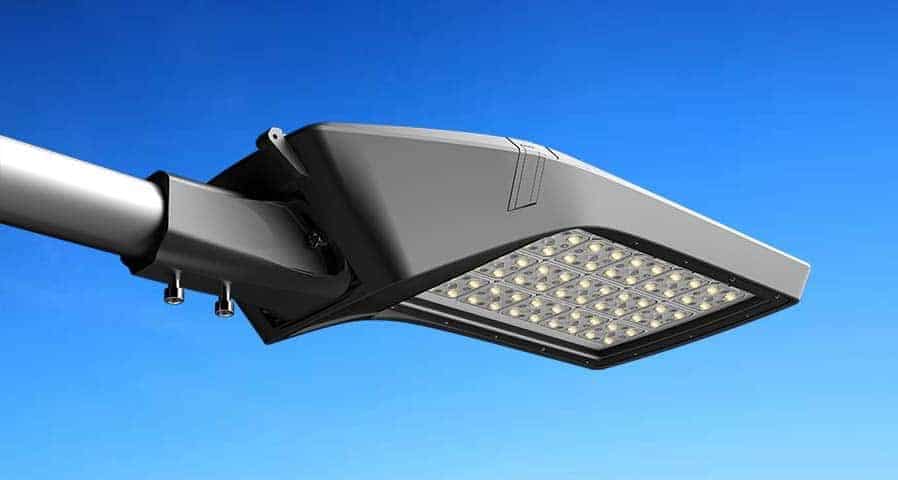
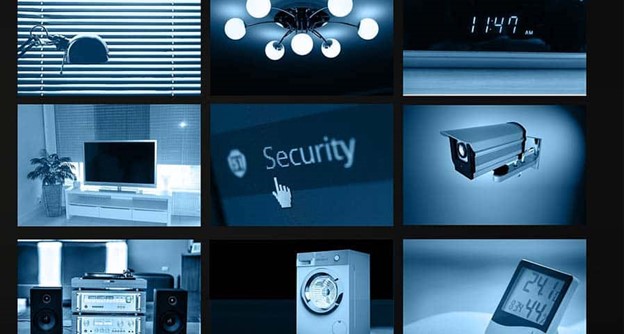

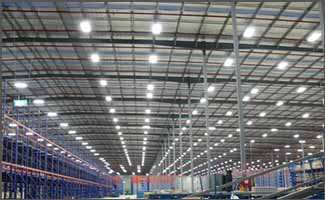






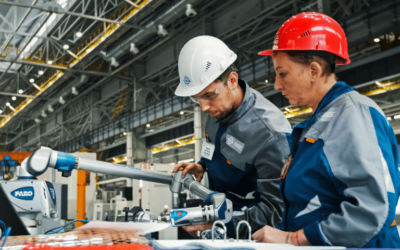
0 Comments